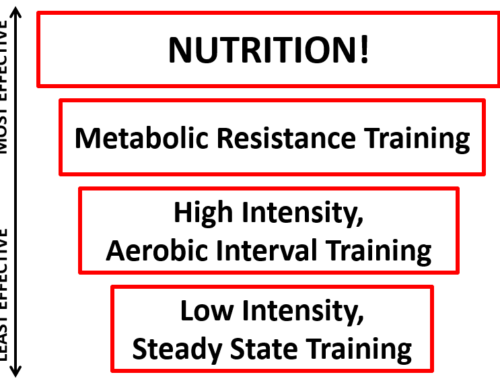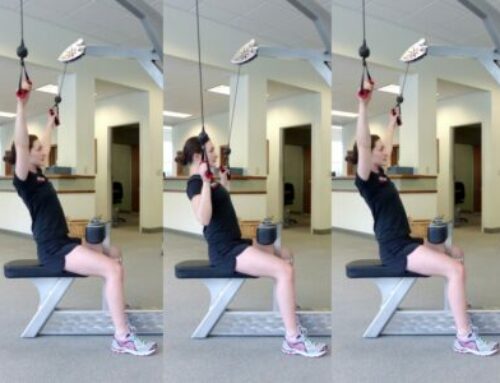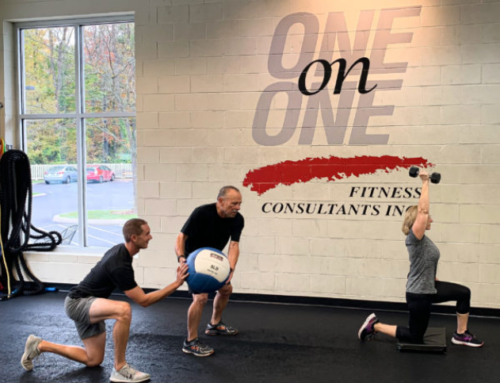By: The One on One Team
**As we forge ahead on this year’s Race to the North Pole, you might be noticing that you are spending more time participating in independent cardio training outside of your scheduled sessions. While an increase in exercise frequency during the Race is something to be celebrated, it is important that we take a step back to assess whether our cardio training is as effective (and fun!) as it could be. With that in mind, we’ve outlined some important tools and tips to ensure that we are optimizing our cardio training. Take a look!
Cardio training (a generic term that refers to any aerobic-dominant type of exercise) is an important part of anyone’s exercise plan…and for good reason. The benefits of this style of training are numerous.
Cardio training…
- strengthens the respiratory system
- improves the heart’s pumping efficiency
- reduces resting heart rate
- improves circulation efficiency
- reduces blood pressure
- burns body fat (an all-time favorite!)
Any physical activity that gets your heart rate up and keeps it up for an extended period of time qualifies as cardio training and can elicit the above-mentioned benefits. However, if not done intelligently, we run the risk of injury and diminishing returns. For that reason, we’re breaking down everything we need to know to get the most out of our cardio training experience.
Aerobic vs. Anaerobic Training
The body uses aerobic and anaerobic energy systems to produce and use energy while exercising. To optimize our cardio training, we must understand the difference between training our aerobic and anaerobic energy system. The table below summarizes the key differences between these training styles.
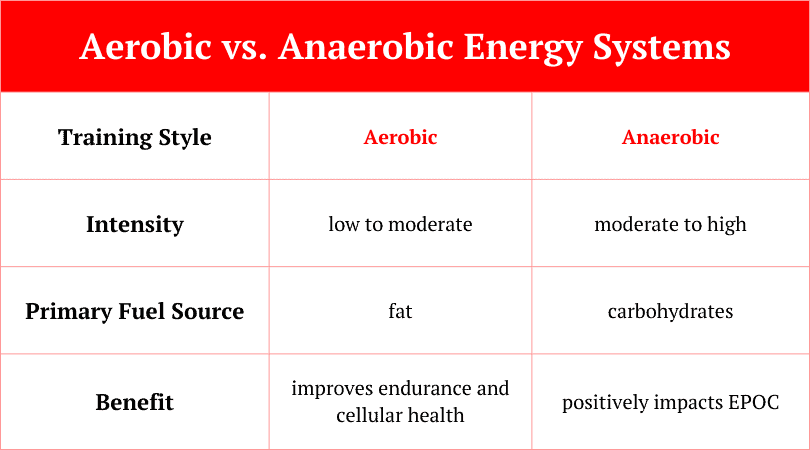
Everyone’s goal for cardio training is to improve health, burn fat, and build endurance. Accordingly, cardio training should focus on improving the efficiency of both the aerobic and anaerobic systems. Since these systems function differently, we must utilize unique training methods to fully realize the benefits.
The 1-5 RPE (Rate of Perceived Exertion) Scale
When thinking about how to optimize your cardio training, keep the 1-5 RPE scale in mind. The RPE scale is a subjective measure of your exercise intensity. Below is a description of the RPE scale and predominant energy system in each zone.
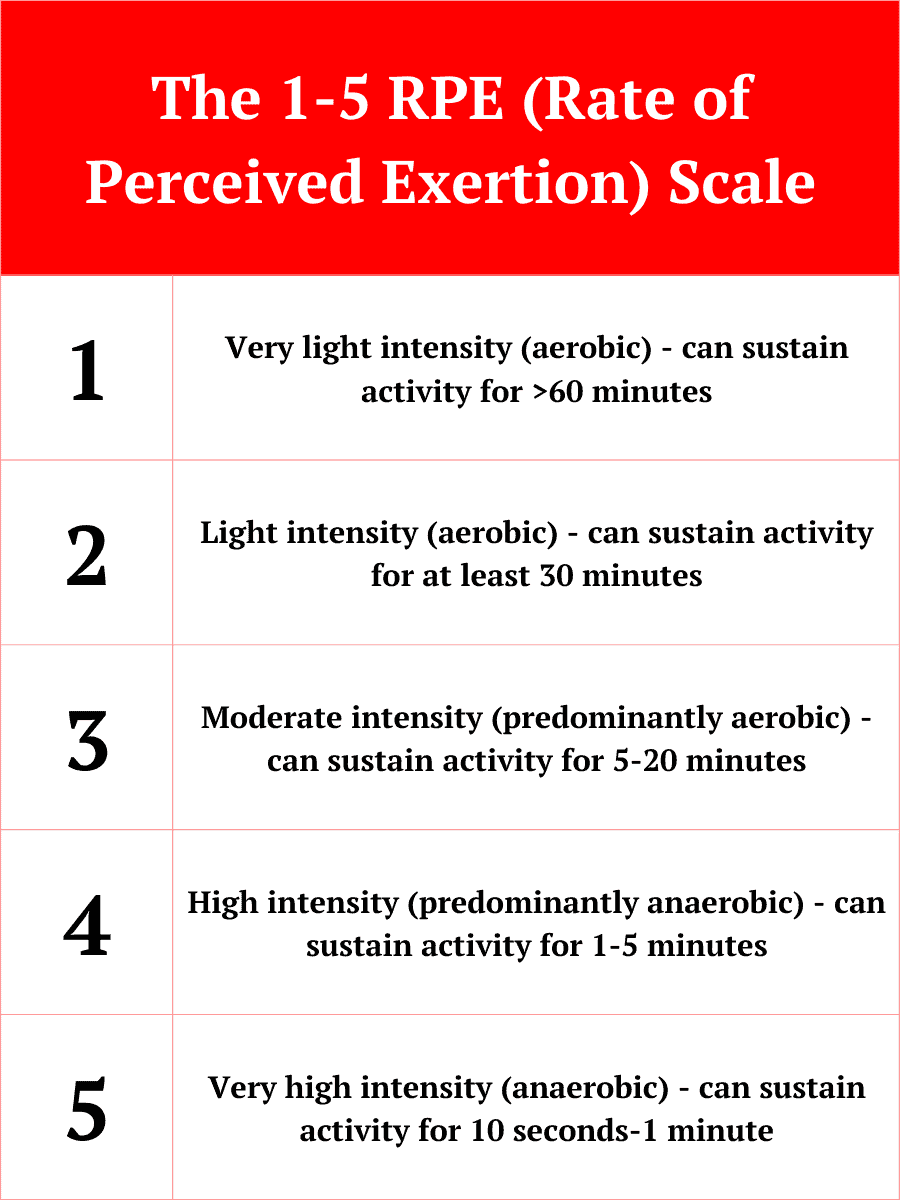
With a basic understanding of energy systems combined with an awareness of the RPE scale, we can avoid “cheap intensity” and enjoy purposeful cardio training sessions. Below are two cardio protocols that you can implement to maximize your results.
Zone 2 Training
Zone 2 cardio is long duration aerobic training done at 60-70% of your maximum heart rate (a 2 on the 1-5 RPE scale). Benefits of zone 2 training include better metabolic health, fat burning and improved endurance. Longer durations are always better with zone 2 training, making it an effective way to meet the ACSM’s recommended minimum of 150 minutes per week of moderate physical activity for the promotion and maintenance of health.
Another important benefit of zone 2 training is the simplicity. No special programming or equipment is required to have an effective session. As long as your heart rate is staying in the 60-70% zone, then you are having a quality zone 2 session.
Interval Training
Unlike zone 2, the purpose of interval training is to provide variable intensity to improve anaerobic efficiency and impact EPOC.
Interval training involves bursts of high-intensity work interspersed with periods of low-intensity work. The high-intensity periods are typically at or close to near-maximum exertion (4 or 5 on the RPE scale), while the recovery periods may involve either complete rest or activity of much lower intensity. The duration of interval training workouts, as well as the time ratio of work/rest depends on your fitness level and training objectives.
Click here for an interval training workout.
Diversify your Cardio Training
It’s important to avoid repeatedly doing the same activity week in, week out. If you regularly give your body the same stimulus, you will quickly adapt and not get the desired result. Additionally, this can lead to burnout and overuse injuries. Instead, be sure to diversify your cardio training. Utilize a variety of equipment and protocols to keep your body guessing.
Be purposeful with your training and you can expect a lifetime of good cardiovascular health and body composition. Talk with your trainer this week to make sure your cardio training program is on track!


